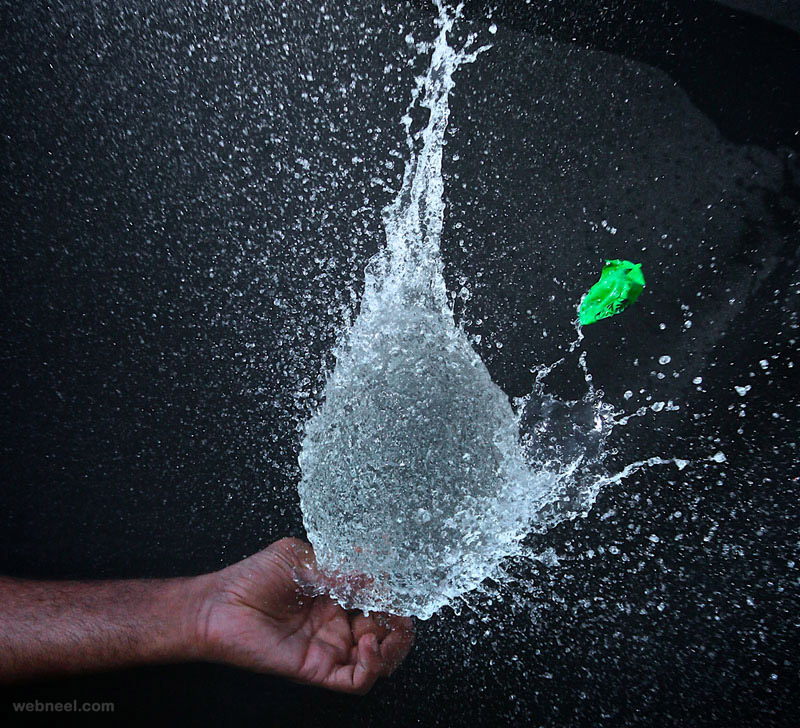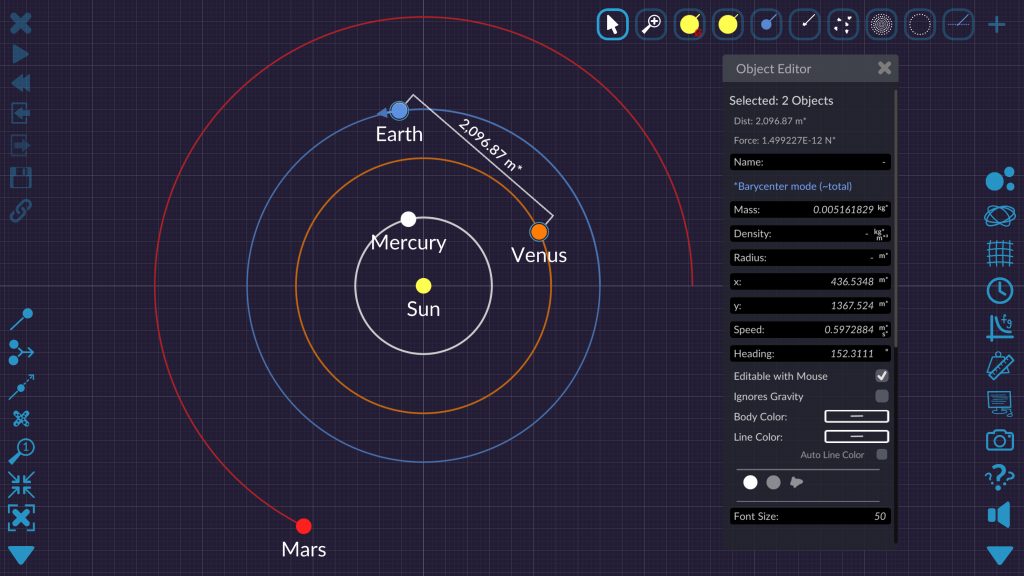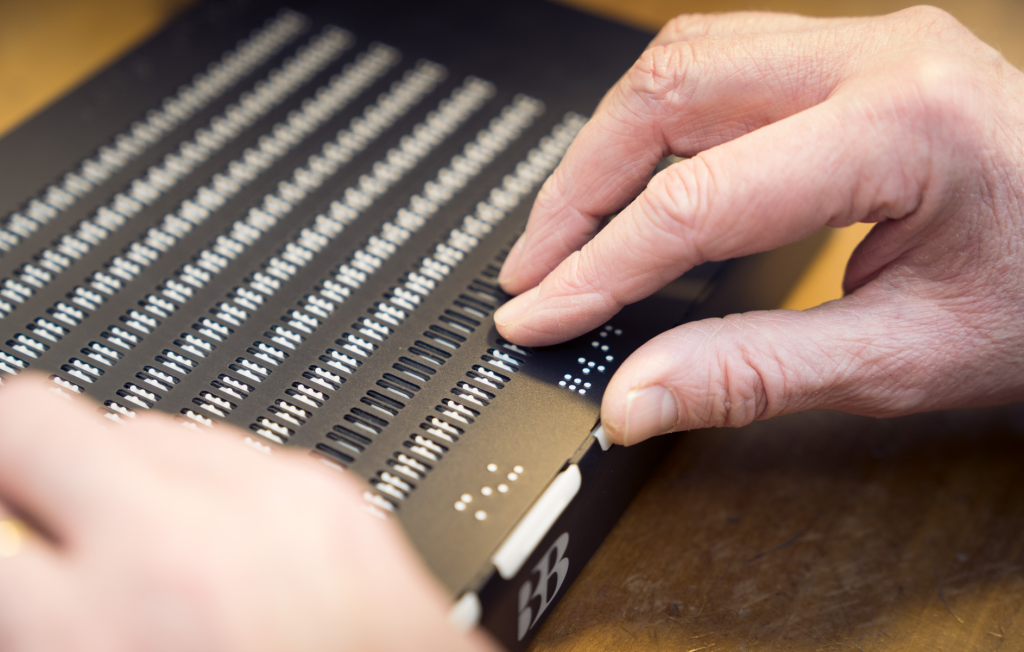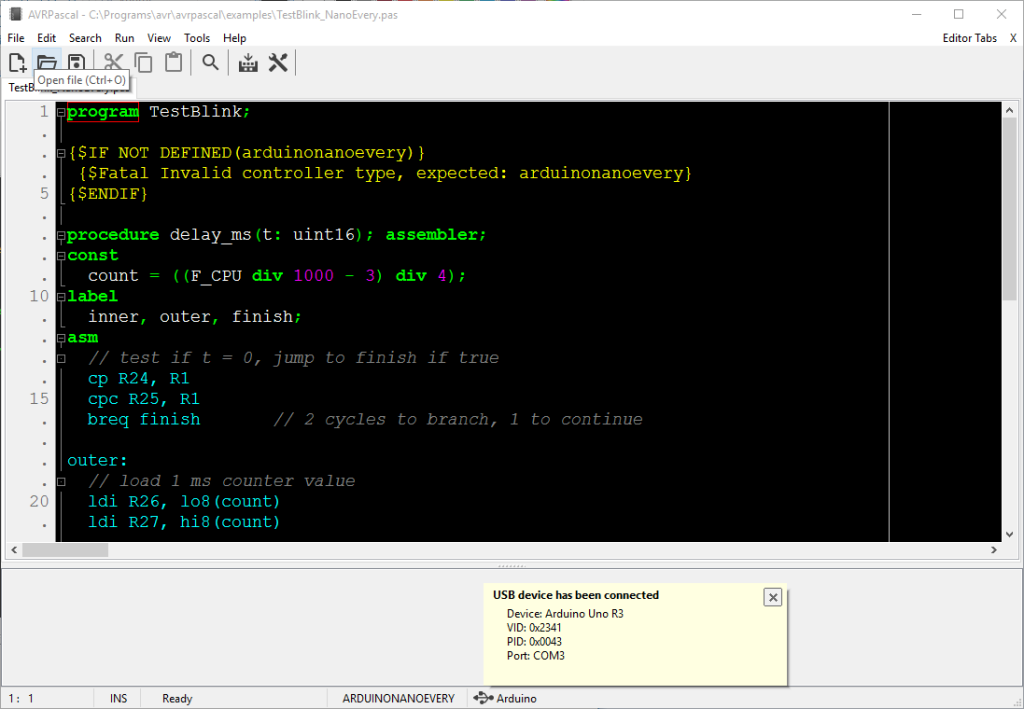High-speed photography techniques have revolutionized the way we capture fleeting moments, allowing photographers to freeze time with remarkable clarity. By utilizing fast shutter speeds or innovative flash photography methods, stunning images of phenomena like high-speed balloon popping can be achieved. In recent workshops at the Rochester Institute of Technology, students are experimenting with triggering flashes using an Arduino sound sensor, bringing a new level of precision to their photography. This approach not only simplifies the process but also makes it accessible to enthusiasts eager to explore the dynamics of motion. As technology evolves, the integration of sensors in photography continues to open up exciting possibilities for capturing the extraordinary in everyday scenes.
Capturing rapid motion in stunning detail requires the mastery of advanced photographic techniques, often described as high-speed imaging or dynamic event photography. These methodologies focus on quick shutter activation and clever use of lighting, typically through flash setups, to document moments that would otherwise be missed. Recent innovations, such as using Arduino-based systems with sound sensors, are changing the landscape of this field, making sophisticated effects like freezing splashes or bursts achievable at a lower cost. Students and hobbyists alike are finding joy in capturing action shots, from balloons bursting to water droplets suspended mid-air, demonstrating the power of photography with sensors. By exploring these approaches, photographers can transcend traditional limits and experiment with visually compelling narratives born from speed.
Understanding High-Speed Photography Techniques
High-speed photography techniques allow photographers to freeze intense moments, capturing them with stunning clarity. This form of photography is particularly useful in scenarios where events happen too quickly for the human eye to see, such as a balloon popping or a bullet in motion. Utilizing fast shutter speeds or sophisticated flash techniques, photographers can achieve remarkable results that highlight the beauty in these fleeting instants.
In the high-speed photography class at the Rochester Institute of Technology, students are learning to harness these techniques using basic equipment. By employing an Arduino sound sensor and a reed relay to trigger flashes, they can capture precise moments such as the instant a balloon bursts. This hands-on approach emphasizes not only the technical aspects of capturing high-speed images but also the creativity involved in experimenting with various setups.
Frequently Asked Questions
What is high-speed photography and how is it related to flash photography techniques?
High-speed photography involves capturing images of fast-moving subjects using extremely short exposures. This technique often relies on flash photography, where a flash is triggered to illuminate a scene for a fraction of a second, creating sharp images of quick events, like high-speed balloon popping.
How can I use an Arduino sound sensor for high-speed photography techniques?
You can use an Arduino sound sensor to create a high-speed photography setup that triggers a flash when a specific sound occurs, like the burst of a balloon. The sensor detects sound waves, sending a signal to the Arduino, which in turn activates the flash, capturing the perfect moment.
What are the best triggering methods for flash photography in high-speed photography?
For high-speed photography, reliable triggering methods include using sound sensors, motion sensors, or even microphone shields connected to microcontrollers like Arduino. A reed relay is often employed to trigger the flash while maintaining electrical isolation, ensuring a safe and effective setup.
Can you explain how to photograph high-speed balloon popping using high-speed photography techniques?
To capture high-speed balloon popping, set up your camera to use a fast shutter speed or a flash that can be triggered by an Arduino sound sensor. As the balloon pops, the sound will trigger the flash, allowing you to freeze the action in an instant, showcasing the moment beautifully.
What equipment do I need to get started with high-speed photography techniques involving sensors?
You’ll need a digital camera capable of fast shutter speeds, a flash, an Arduino microcontroller, and a sound sensor module. An optoisolator can improve performance, but for starters, you can use a reed relay for flash triggering. This affordable setup is an excellent introduction to high-speed photography.
Is high-speed photography with Arduino sound sensors suitable for beginners?
Yes, high-speed photography techniques using Arduino sound sensors are very beginner-friendly. With basic programming and electronic skills, you can set up an affordable system to capture high-speed events, such as popping balloons, making it an exciting project for newcomers to photography.
What role does triggering flash play in high-speed photography?
Triggering a flash is crucial in high-speed photography as it illuminates the subject for an exceedingly short duration, allowing photographers to capture split-second moments under conditions that would typically result in motion blur.
Are there alternatives to using Arduino for high-speed photography techniques?
Yes, there are alternatives to Arduino, such as using commercial flash triggers, high-speed cameras with built-in triggering systems, or other microcontrollers. However, Arduino is popular due to its affordability and ease of use for hobbyists.
| Key Point | Details |
|---|---|
| Fast Shutter Speed | To capture fleeting moments in photography, fast shutter speeds are essential. |
| Flash Triggering in Darkness | A flash can be used to capture images when the scene is dark, allowing the shutter to remain open. |
| Educational Initiative | The Rochester Institute of Technology is teaching high-speed photography techniques to students using basic tools. |
| Equipment Used | Students use an Arduino and a sound sensor module to capture images of activities like popping balloons. |
| Cost-effective Setup | The setup uses a reed relay for electrical isolation when triggering the flash. |
| Future Applications | The technique is appealing and may inspire projects in hacker camps. |
Summary
High-speed photography techniques are essential for capturing fleeting moments, such as the instant a balloon pops. By employing fast shutter speeds or using a flash in dark settings, photographers can immortalize action that occurs in a fraction of a second. Organizations like the Rochester Institute of Technology are exploring these techniques, enabling students to utilize cost-effective equipment like Arduinos and sound sensors for practical hands-on experience. As high-speed photography continues to evolve, experimenting with different triggering mechanisms will likely lead to exciting new applications and inventions.



